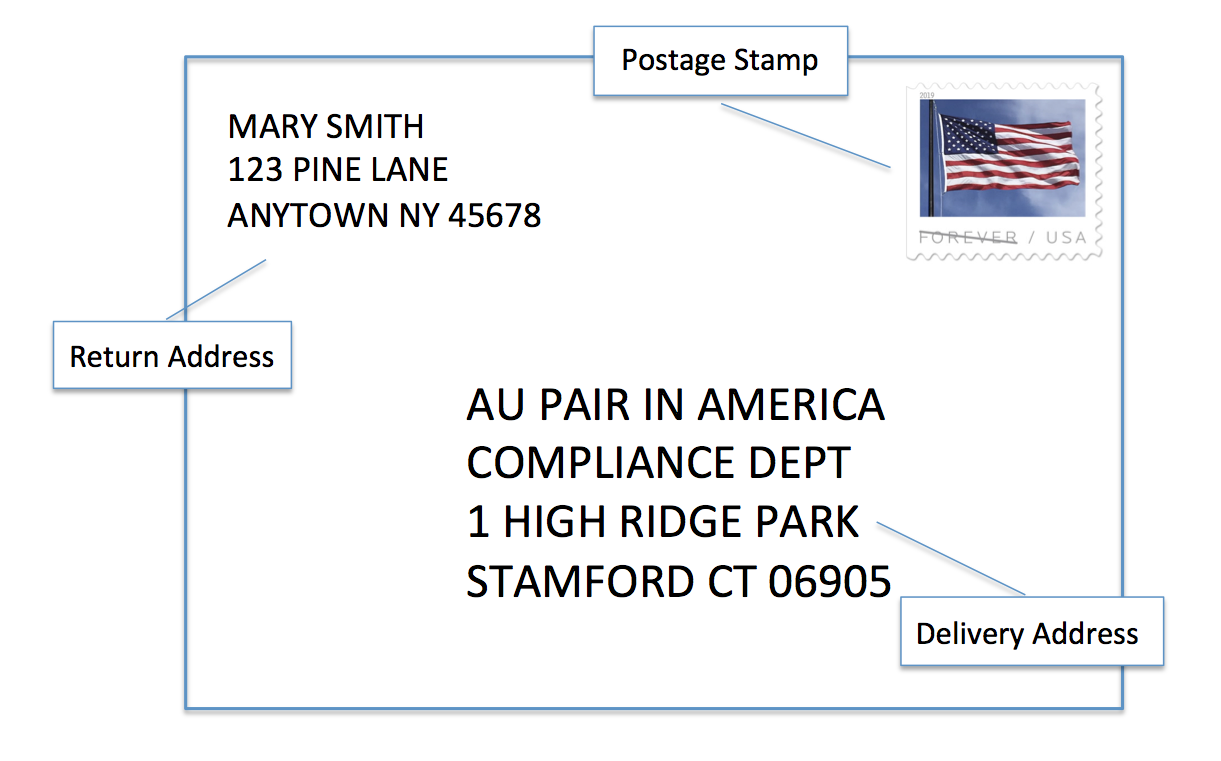
8 Things to Know Before You Go
- There is always some risk with traveling outside of the U.S., as re-entry is at the discretion of the port of entry agent. APIA recommends that au pairs and host families discuss the risks and decide whether they are comfortable.
- Please review the appropriate checklist(s) from APIA, as you make your travel plans.
- All Au Pairs must mail their original DS-2019 along with a Travel Validation Request Form to APIA, at least 3-4 weeks prior to international travel. Check out this blog post for step-by-step instructions on how to send this in the mail. Note: The travel validation ensures that you are in good standing with the program, it is not formal permission to travel.
- Year 1 Au Pairs must have a valid visa to travel internationally and plan to return to the U.S. prior to the date their visa says it expires. This can be different from the actual program end date.
- Year 2 Au Pairs may visit Canada, Mexico, and the adjacent islands due to the Automatic Revalidation Policy. No other international travel is allowed in Year 2.
- Year 3 Au Pairs (special extension) are not permitted to travel internationally.
- All Au Pairs must independently research whether they will need an additional visitor’s visa for their destination. This will depend on their nationality and travel destination.
- When you return to the U.S. you should follow CDC and local guidelines regarding quarantine and testing.
Photo: Porapak Apichodilok from Pexels

